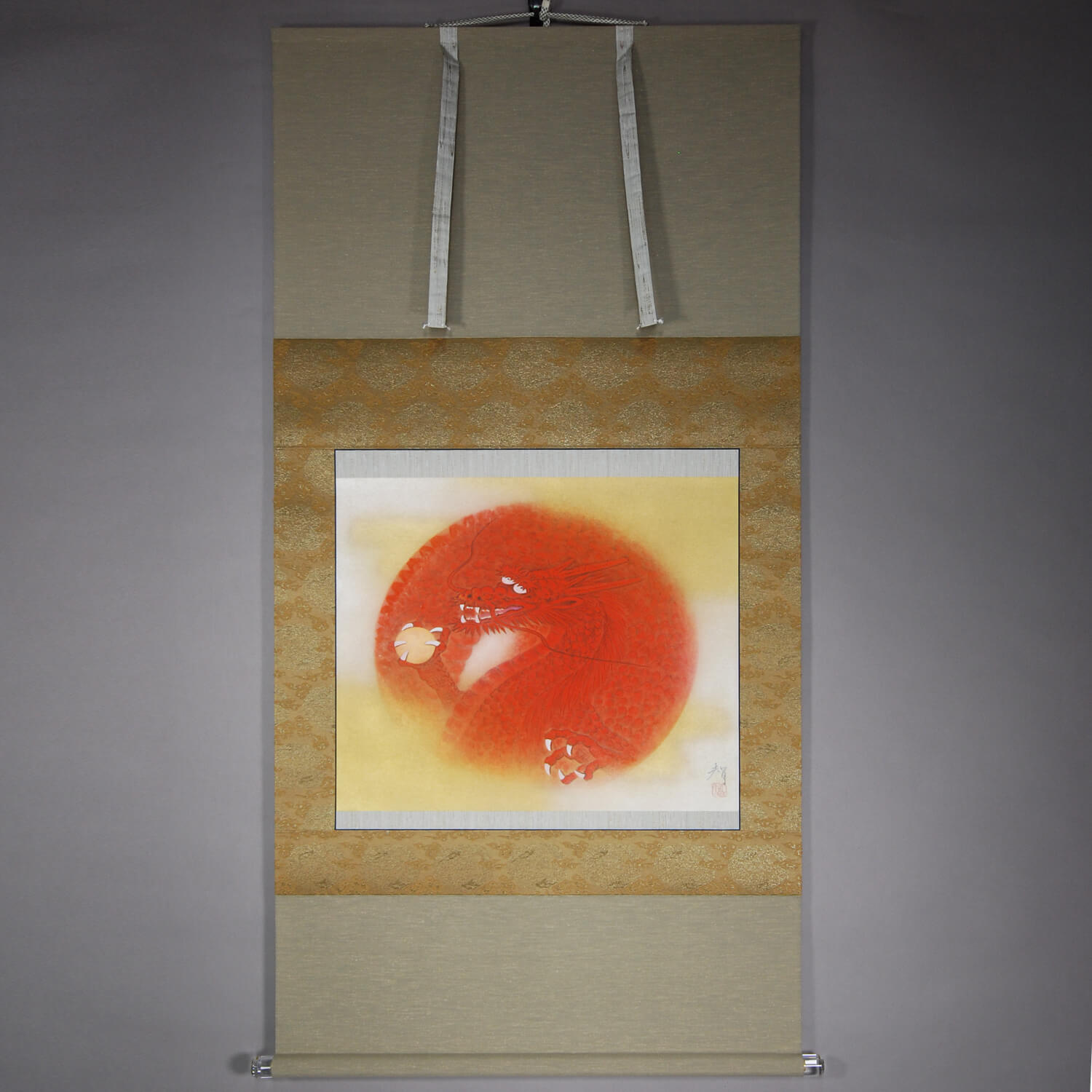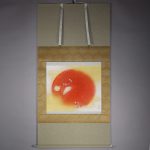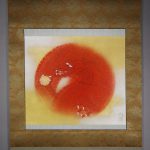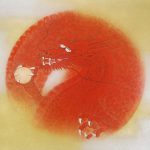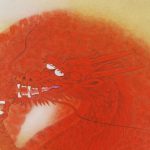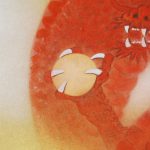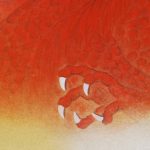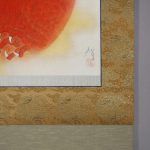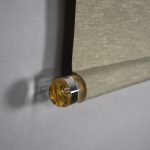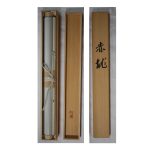Products Lineup
News / Blog
Other Menus
Kakejiku Hanging Scroll: Red Dragon / Katō Tomo - Sekiryuu
- Product ID
- 0152
- Name
- Katō Tomo
- Profile
Born: 1947. Member of the Nitten Exhibition. Disciple of both Kodama Kibō and Okuda Gensō.
- Size
- 720mm x 1410mm
- Roller End Material
- Crystalline acrylic resin
- Material of the Work
- Japanese paper
- Stock Condition
- In Stock
- Description
Okuda Gensō was one of the most famous Japanese-style painters in the Shōwa Era. He named the red pigment “Gensō Red” after himself.
There is a painting of “Red Dragon” by Okuda Gensō on a ceiling in the Daishō-in Temple, Yokohama City, Kanagawa Prefecture. This is his representative work. Okuda Gensō’s wife, Tatsuko (literally “dragon’s child”), was a great-aunt of Mr. Washio, who is the chief priest of this temple. Okuda Gensō painted a red dragon inspired by her name, Tatsuko, for the 7th memorial of her death.
At that time, Okuda Gensō’s pupils painted flowers around the red dragon together. Katō Tomo was one of those pupils, so he has a special feeling about this red dragon because he had a close relationship with Okuda Gensō.
The year 2012 was the year of the Dragon, which is the first year of the Dragon since Okuda Gensō’s death. Katō Tomo decided to paint a red dragon like Gensō’s, praying that his red dragon will ward off all evil spirits with its fiery red color.
This is that very painting of the red dragon. We can almost feel Katō Tomo’s various wishes from the depiction of the red dragon.

